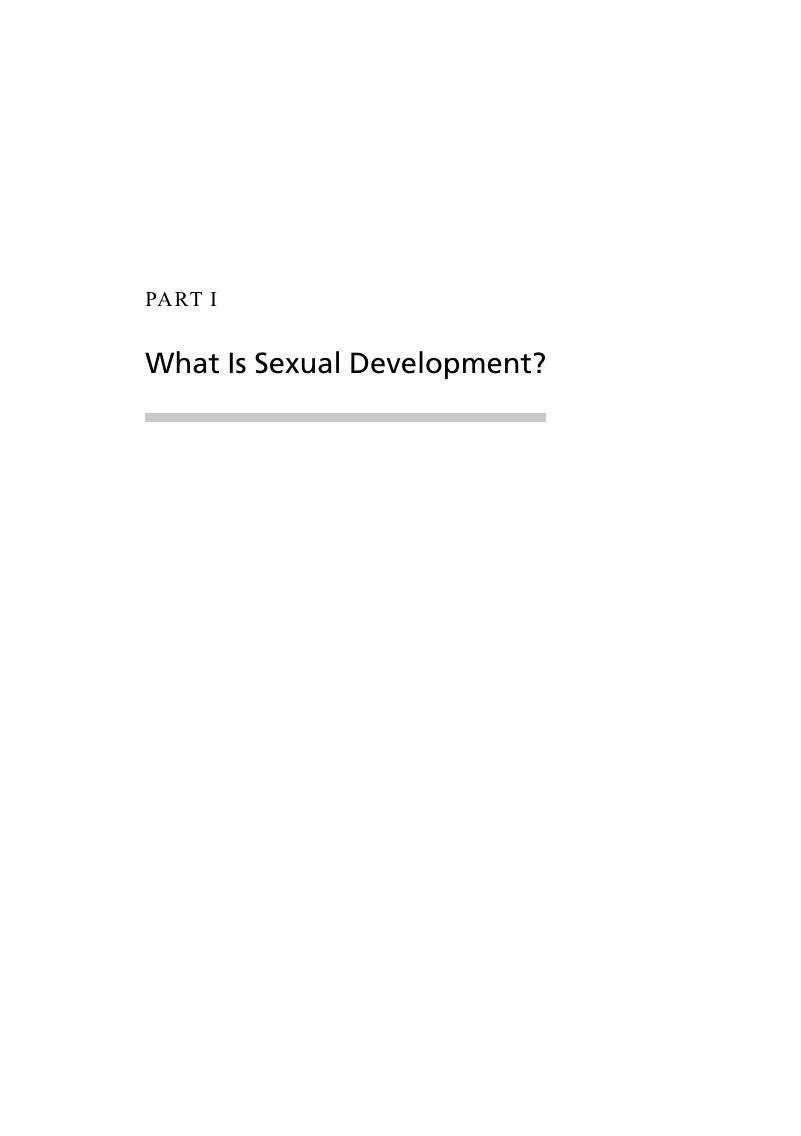Book contents
Part I - What Is Sexual Development?
Published online by Cambridge University Press: 27 December 2018
Summary

- Type
- Chapter
- Information
- The Cambridge Handbook of Sexual DevelopmentChildhood and Adolescence, pp. 13 - 278Publisher: Cambridge University PressPrint publication year: 2018

